24 Feb 15 Types of Hotel Design: From Boutique to Eco-Friendly
The varied Types of Hotel Design play a crucial role in the hospitality industry, directly impacting the overall guest experience. A well-designed hotel can create a lasting impression on guests and differentiate itself from competitors. From the moment guests step into the lobby to the comfort of their rooms, every aspect of types of hotel design contributes to their satisfaction and enjoyment. Let us look into the diverse types of hotel designs.
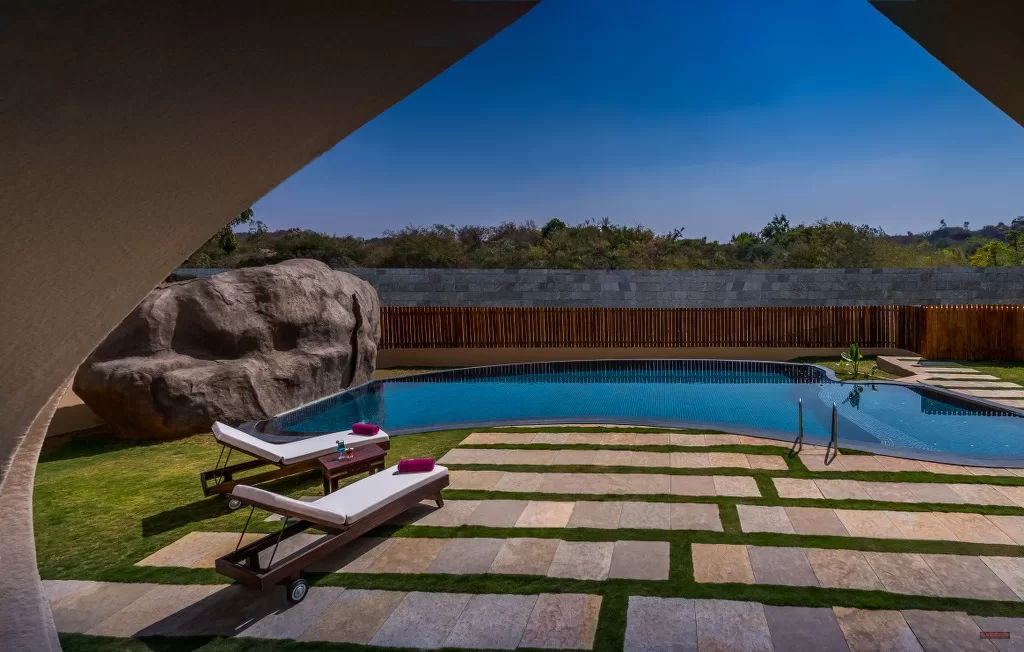
Importance of Hotel Design in the Hospitality Industry
Hotel design is not merely about aesthetics but encompasses functionality, comfort, and creating a unique experience for guests. It sets the tone for the entire hotel, reflecting its brand identity and values. A thoughtfully designed hotel can captivate guests, making them feel welcome and relaxed, ultimately leading to positive reviews and repeat visits. In today’s competitive hospitality industry, where travellers have numerous options to choose from, an exceptional hotel design can be a deciding factor for potential guests.
1. Traditional Hotel Design Styles
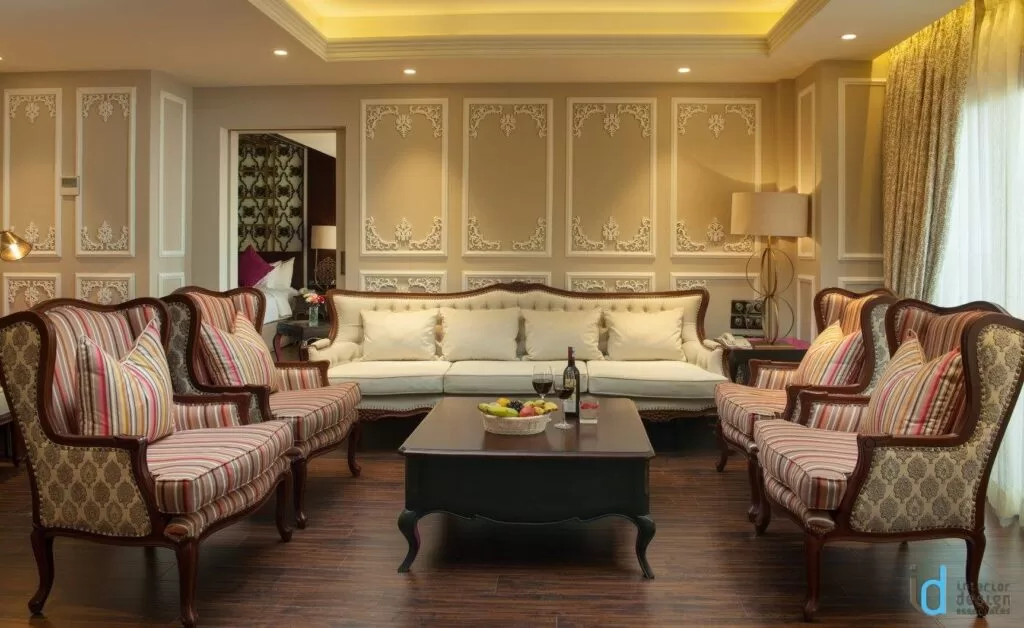
Traditional hotel design styles evoke a sense of timelessness and classic elegance. These designs often incorporate ornate furnishings, rich fabrics, and intricate details. From grand chandeliers to luxurious drapes, traditional hotels offer a sophisticated and refined ambiance. Classic architecture, such as columns and arches, is also a characteristic feature of traditional hotel design styles. Some examples include Victorian, Georgian, and Renaissance-inspired designs that transport guests to a bygone era of luxury.
2. Contemporary Hotel Design Styles
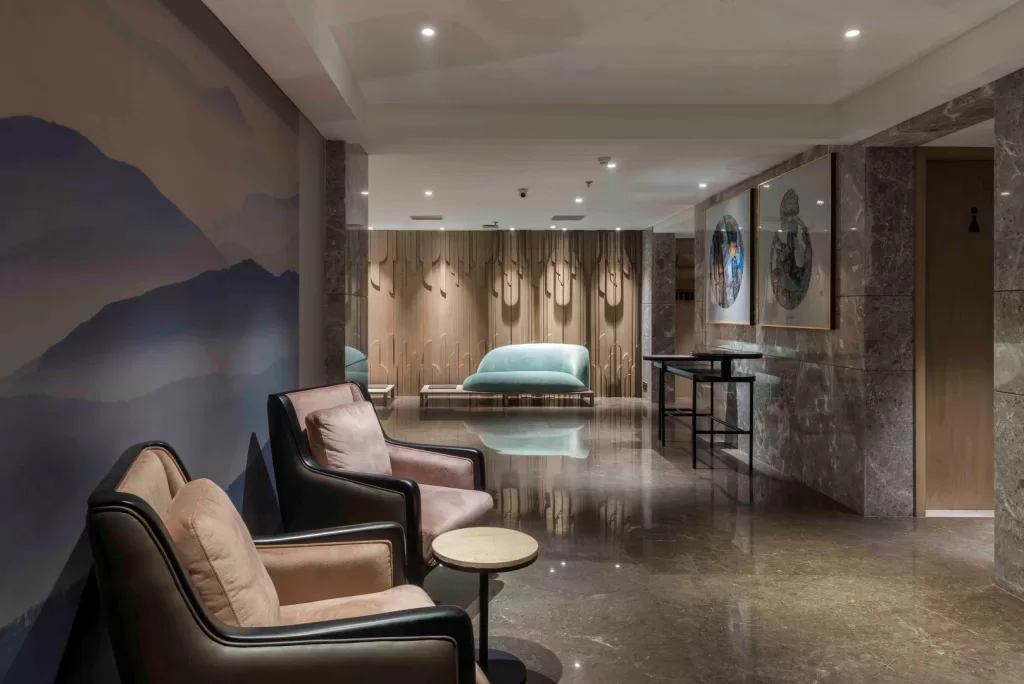
In contrast to traditional styles, contemporary hotel design embraces modernity and simplicity. Clean lines, minimalist decor, and open spaces are characteristic of contemporary hotels. These designs often incorporate sleek furniture, neutral colour palettes, and innovative materials. Contemporary hotels strive to create a sense of understated luxury, focusing on functionality and providing guests with a trendy and comfortable environment. Contemporary hotel design styles include mid-century modern, Scandinavian, and industrial designs.
3. Boutique Hotel Design: A Unique and Personalized Experience
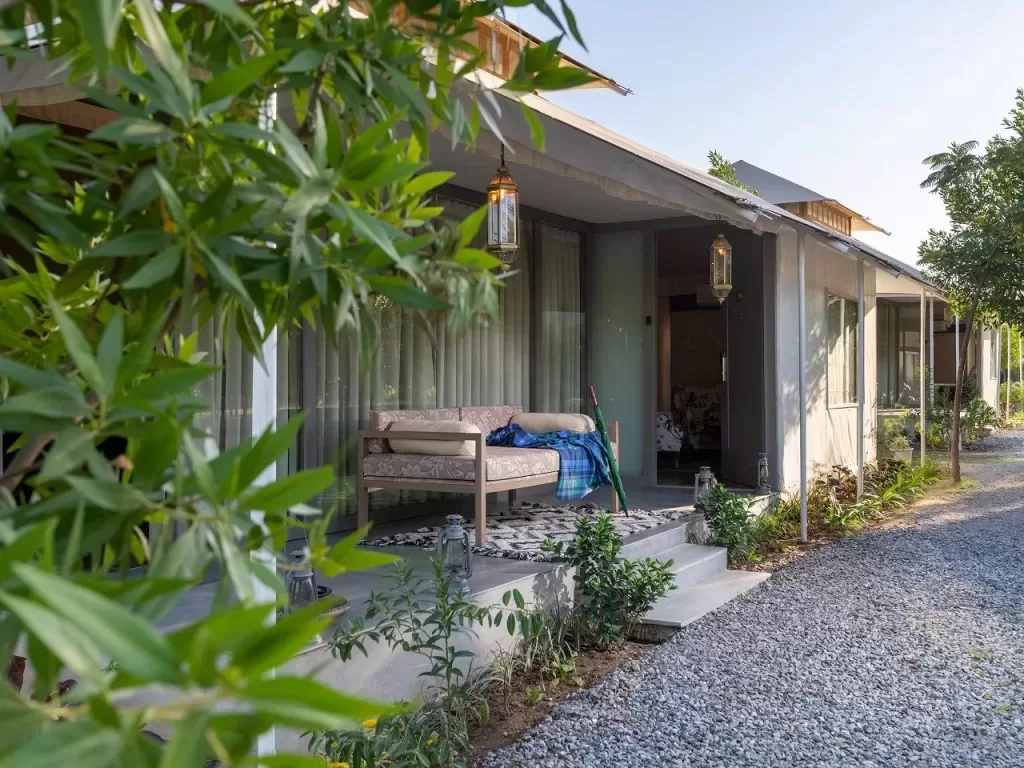
Boutique hotel design aims to create an intimate and personalized experience for guests. These hotels are often small in size, offering a limited number of rooms to ensure personalized attention and exceptional service. The design of boutique hotels is unique and often reflects the local culture or a specific theme. From quirky artwork to custom-made furnishings, every element is carefully curated to create a memorable and one-of-a-kind experience. Boutique hotels often feature trendy and eclectic designs, attracting travellers seeking an authentic and immersive stay.
4. Luxury Hotel Design: Opulence and Elegance
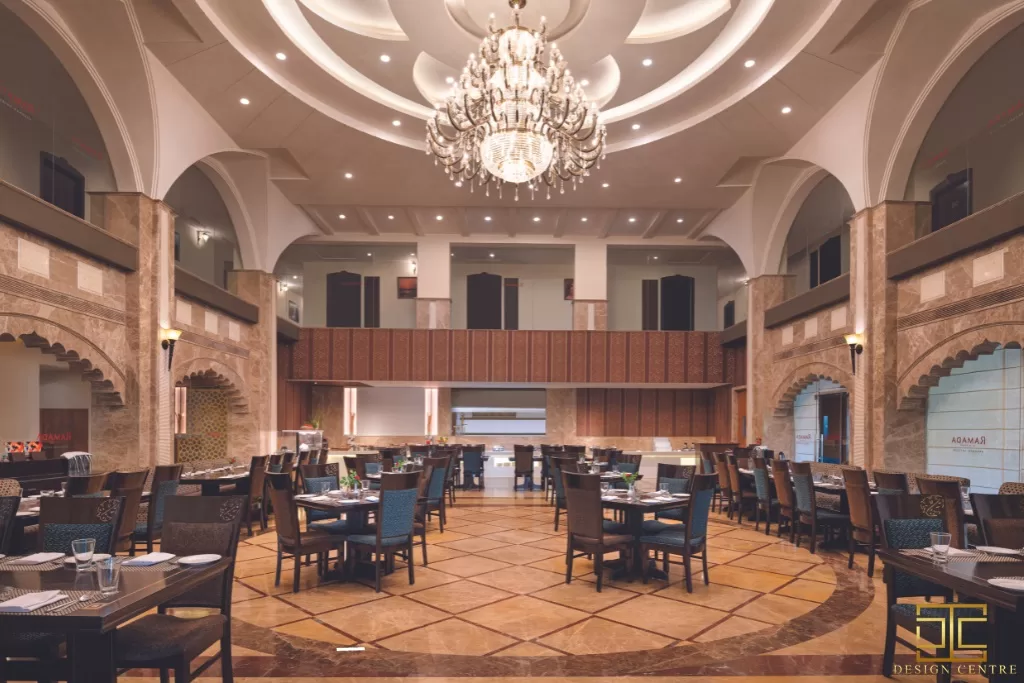
Luxury hotel design is synonymous with opulence, elegance, and indulgence. These hotels offer the highest level of comfort and service, ensuring a lavish experience for guests. From the moment guests enter the lobby, exquisite decor, grand chandeliers, and luxurious materials greet them. Luxury hotels often feature spacious rooms with high-end amenities, such as marble bathrooms and premium bedding. Attention to detail is paramount in luxury hotel design, with every aspect meticulously crafted to provide a memorable and extraordinary stay.
5. Eco-Friendly Hotel Design: Sustainability and Environmental Consciousness
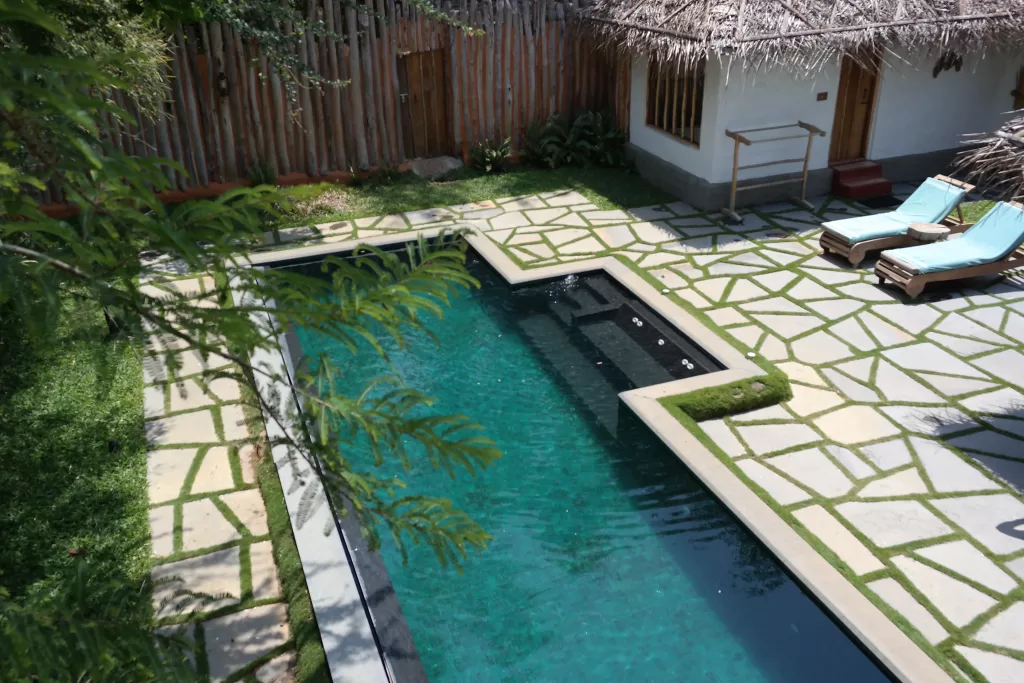
In recent years, there has been a growing emphasis on eco-friendly hotel design to reduce the environmental impact of the hospitality industry. Eco-friendly hotels incorporate sustainable practices and materials throughout their design and operations. From energy-efficient lighting to water-saving fixtures, these hotels strive to minimise their carbon footprint. Eco-friendly hotel design often includes the use of recycled materials, renewable energy sources, and green spaces. These hotels not only provide a comfortable stay for guests but also contribute to the preservation of the environment.
6. Resort Hotel Design: Creating a Vacation Paradise
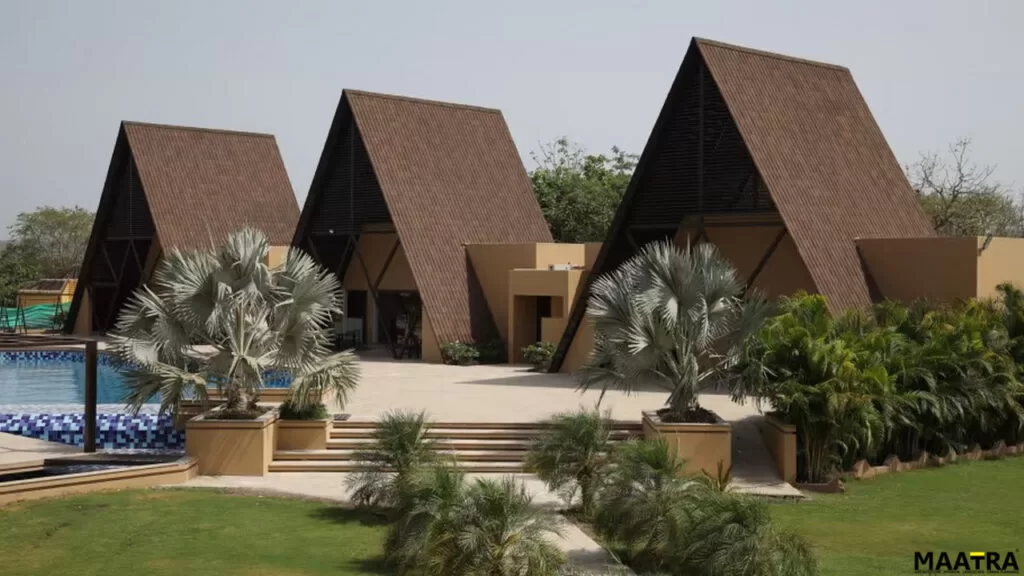
Resort hotel design focuses on creating a paradise-like setting where guests can relax and enjoy a variety of amenities and activities. These hotels often feature expansive grounds with lush landscaping, pools, and recreational facilities. Resort hotel design aims to provide guests with a complete vacation experience, offering everything from spa services to water sports. The design of resort hotels often incorporates elements inspired by the local culture, such as traditional architecture or indigenous artwork. Whether located on a beach, in the mountains, or amidst nature, resort hotels provide a tranquil and rejuvenating escape for guests.
7. Business Hotel Design: Functionality and Efficiency
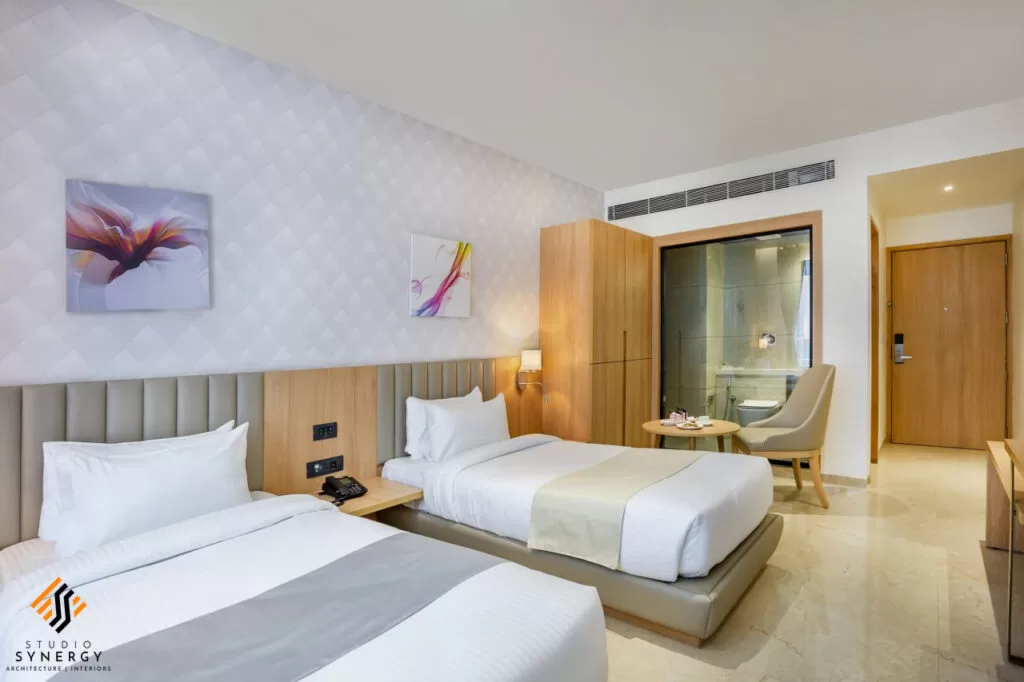
Business hotel design prioritizes functionality and efficiency to cater to the needs of business travelers. These hotels provide well-equipped meeting rooms, business centers, and high-speed internet connectivity. The design of business hotels aims to create a professional environment, offering comfortable workspaces and amenities that support productivity. These hotels often feature soundproof rooms, blackout curtains, and ergonomic furniture to ensure a restful night’s sleep for busy travelers. Convenient locations, close to business districts or airports, are also a key consideration in business hotel design.
8. Budget Hotel Design: Affordability Without Compromising Comfort
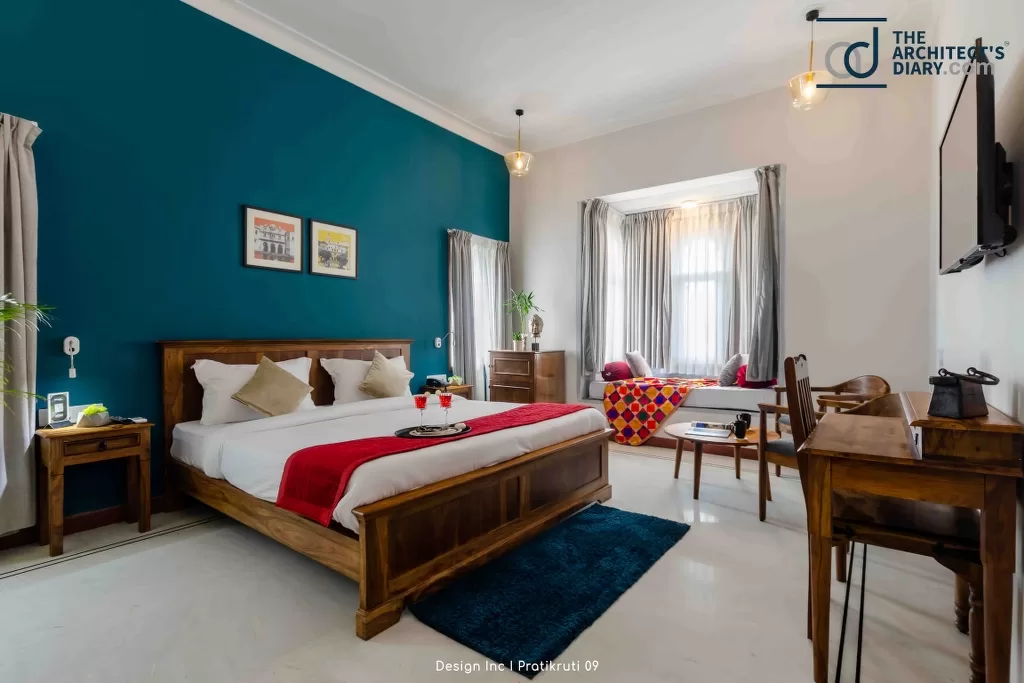
Budget hotel design focuses on providing affordable accommodation without compromising comfort and convenience. These hotels offer compact and functional rooms that maximize space efficiency. The design of budget hotels often incorporates clever storage solutions, multifunctional furniture, and minimalist decor. These hotels prioritize affordability, catering to travelers seeking comfortable accommodation at a lower price point. While the design may be more streamlined, budget hotels still strive to provide a pleasant and welcoming environment for guests.
9. Theme Hotel Design: Creating Immersive Experiences
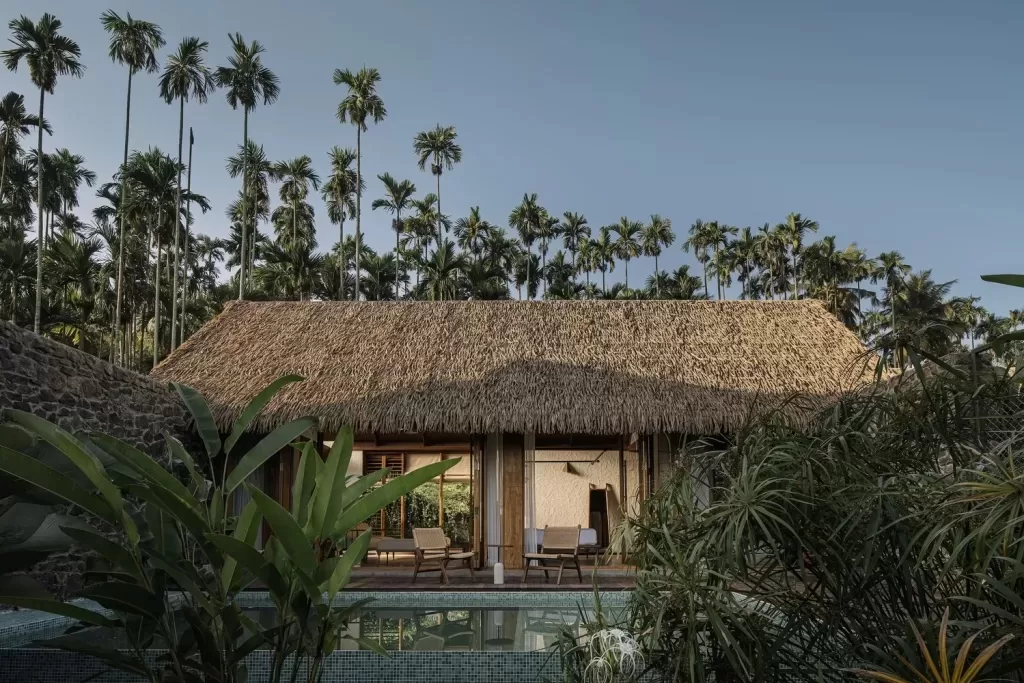
Theme hotel design aims to create immersive experiences by incorporating a specific theme throughout the hotel. These hotels transport guests to a different world, whether it be a tropical paradise, a historic era, or a fictional universe. The design of theme hotels is centered around the chosen theme, with every detail carefully curated to enhance the overall experience. From themed rooms to themed restaurants and entertainment, these hotels offer a unique and memorable stay for guests seeking something out of the ordinary.
10. Historic Hotel Design: Preserving Heritage and Charm
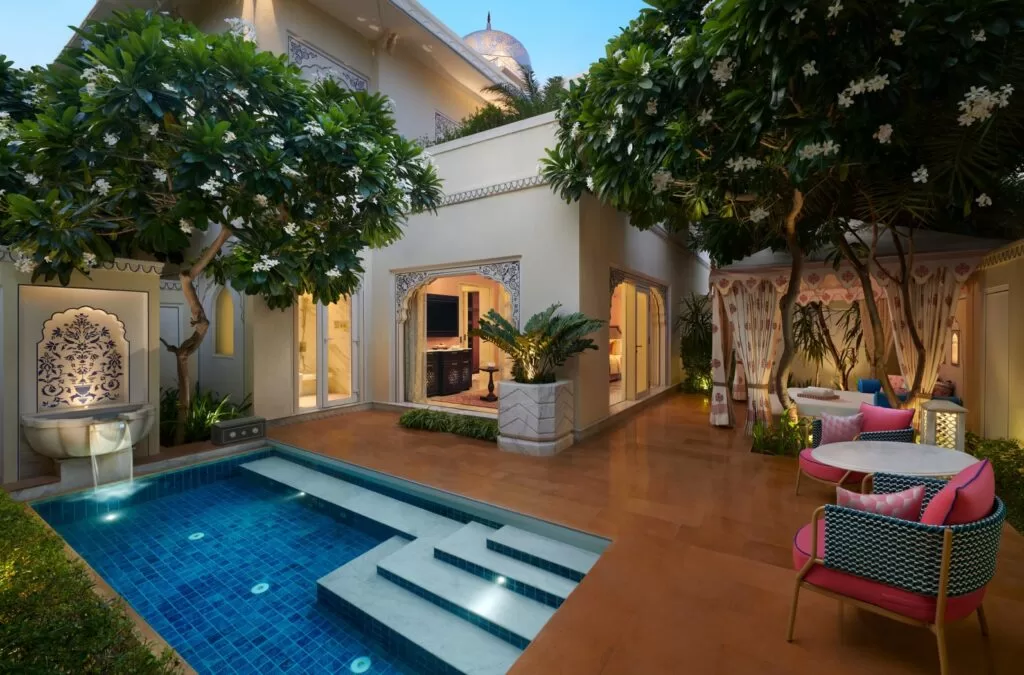
Historic hotel design focuses on preserving the heritage and charm of historic buildings. These hotels are often housed in iconic structures with architectural significance. The design of historic hotels aims to showcase the building’s original features, such as ornate ceilings, stained glass windows, and intricate woodwork. These hotels offer a glimpse into the past, providing guests with a sense of nostalgia and cultural appreciation. Historic hotel design often combines vintage elements with modern amenities, ensuring a comfortable and memorable stay.
11. Art Hotel Design: Blending Hospitality and Creativity
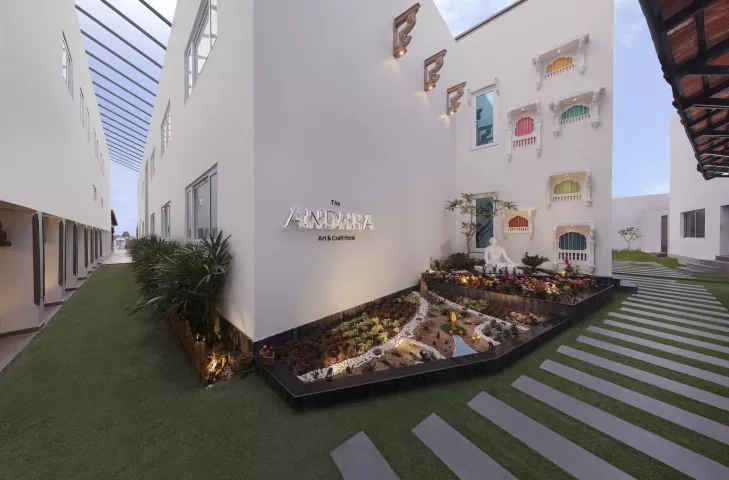
Art hotel design merges the worlds of hospitality and creativity, offering guests a unique artistic experience. These hotels often feature original artwork, installations, and exhibitions throughout their premises. The design of art hotels takes inspiration from contemporary art movements, with each room or space serving as a canvas for artistic expression. These hotels aim to stimulate the senses and foster a creative and inspiring atmosphere for guests. Art hotels are a haven for art enthusiasts and travellers seeking a culturally enriching stay.
12. Floating Hotel Design: Luxury on Water
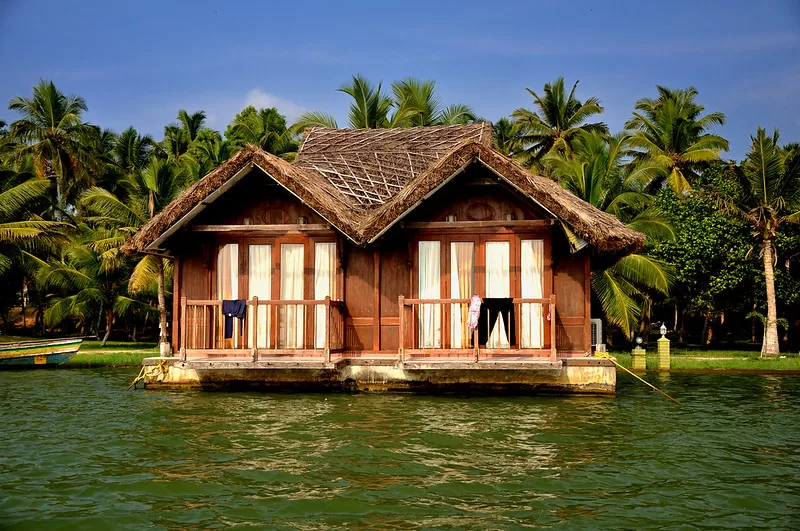
Floating hotel design offers guests a one-of-a-kind experience by providing accommodation on water. These hotels are often located on ships, boats, or floating platforms in picturesque locations such as lakes or rivers. The design of floating hotels incorporates nautical themes and marine-inspired decor. Guests can enjoy breathtaking views from their rooms and indulge in a range of water-based activities. Floating hotels combine the luxury and comfort of traditional hotels with the unique experience of staying on an island, creating a truly memorable stay.
13. Capsule Hotel Design: Compact and Efficient Accommodation
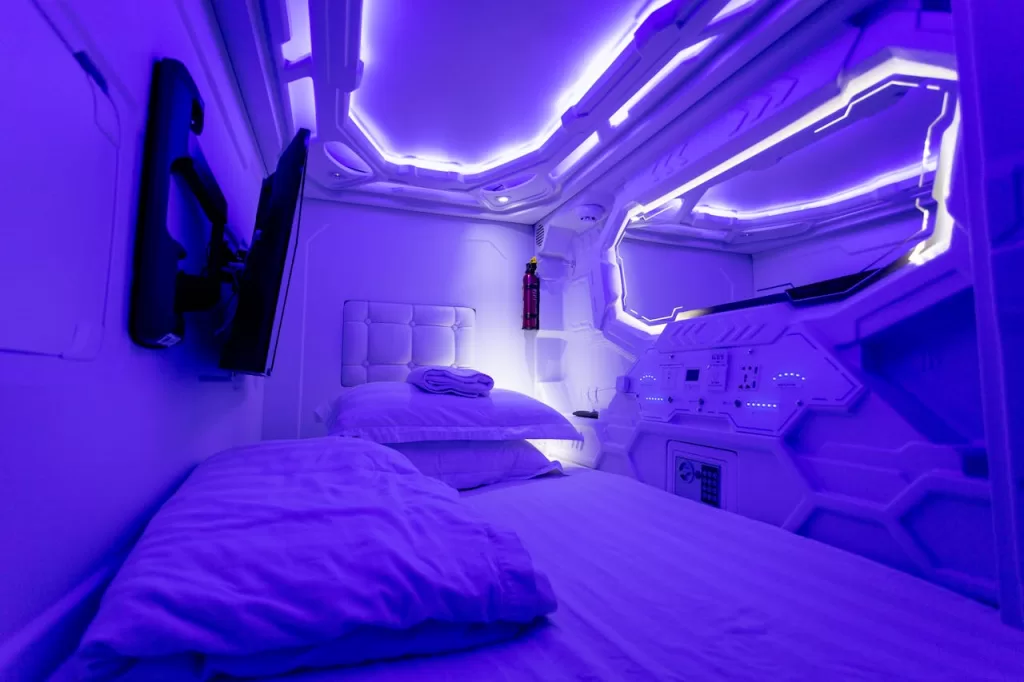
Capsule hotel design offers compact and efficient accommodation, trendy in urban areas with limited space. These hotels provide small individual sleeping pods that include basic amenities such as a bed, storage, and lighting. The design of capsule hotels focuses on maximising space efficiency, with each pod designed to provide privacy and comfort within a small footprint. Capsule hotels often feature shared communal spaces and facilities to compensate for the limited individual space. These hotels cater to budget-conscious travellers or those seeking a unique and minimalist experience.
14. Airport Hotel Design: Convenience and Comfort for Travelers
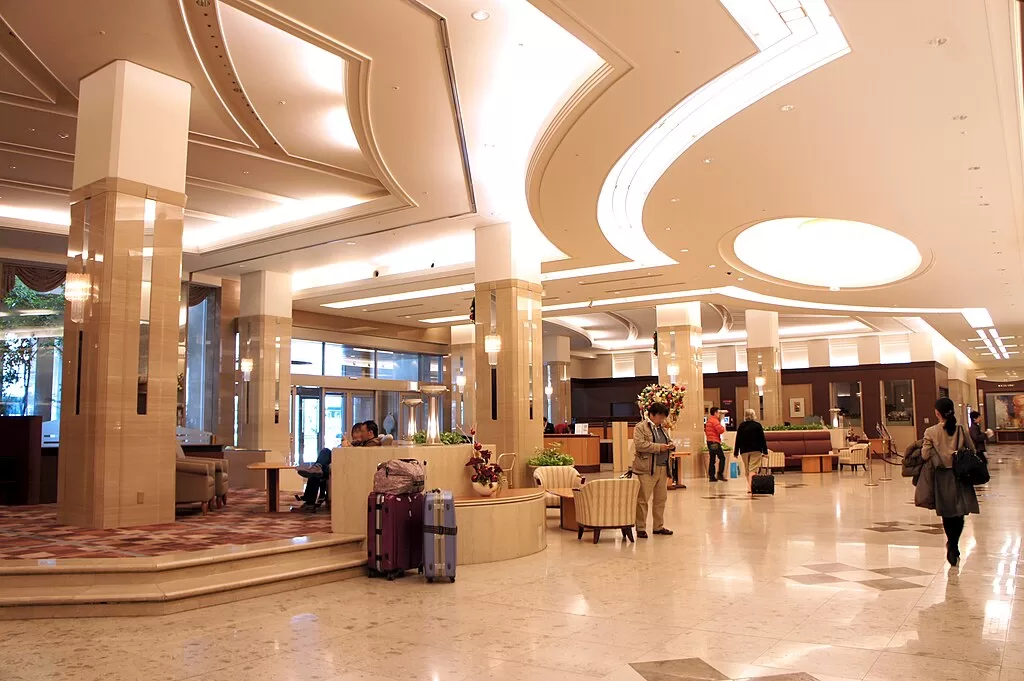
Airport hotel design aims to provide convenience and comfort for travellers, particularly those with early or late flights. These hotels are located within or near airports, offering easy access and minimising travel time. The design of airport hotels focuses on soundproofing to ensure a quiet environment for guests. These hotels often feature amenities such as shuttle services, 24-hour reception, and business centres to cater to the specific needs of travelers. Whether for a layover or a short stay, airport hotels provide a convenient and hassle-free option for guests.
15. Backpackers’ Hotel: Practical Communal Vibes
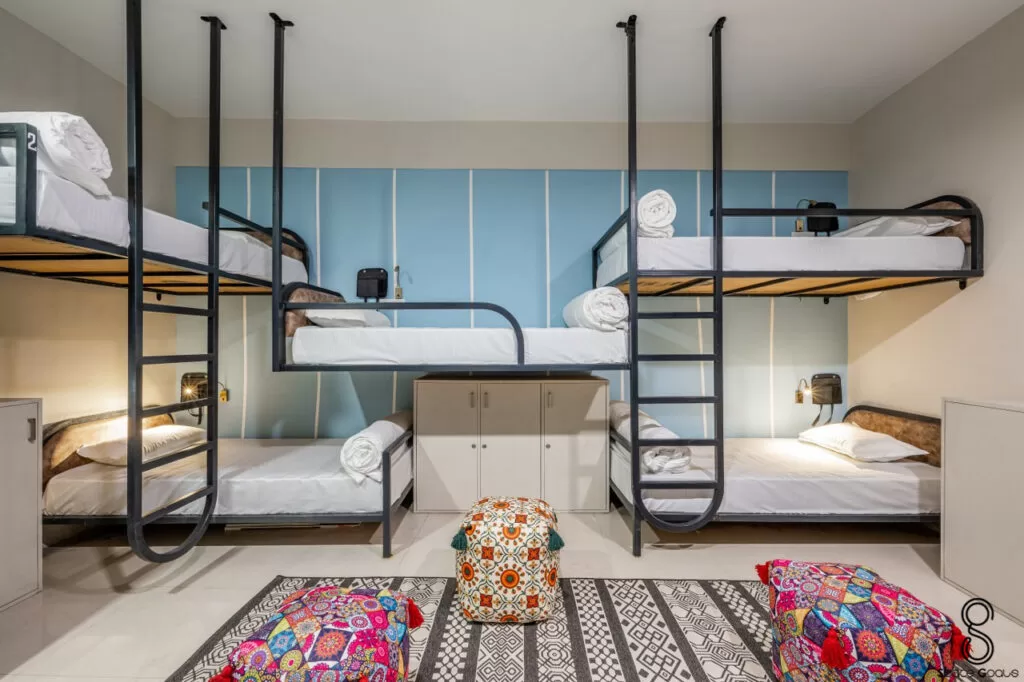
Also called Hostels, Backpackers’ hotel design prioritises practicality, affordability, and communal spaces. With a focus on shared dormitories, communal kitchens, and budget-friendly amenities, these designs foster a social atmosphere. Compact, efficient, and often in urban locations, they cater to the adventurous spirit of budget-conscious travellers seeking a sense of community.
The Future of Hotel Design
As the hospitality industry continues to evolve, the varied types of hotel design will also transform to meet guests’ changing needs and preferences. The future of hotel design is likely to embrace technology, sustainability, and personalized experiences. From smart rooms that adjust to individual preferences to eco-friendly designs that prioritize energy efficiency, hotels will strive to provide innovative and environmentally conscious solutions. Additionally, hotel design will increasingly focus on creating unique and immersive experiences, catering to the diverse interests and desires of travelers.
In conclusion, hotel design is a critical aspect of the hospitality industry, shaping the overall guest experience and setting hotels apart from their competitors. From traditional and contemporary styles to boutique and eco-friendly designs, numerous types of hotel designs cater to different preferences and needs. Each design style offers a unique experience, allowing guests to choose accommodations that align with their tastes and desires. As the industry continues to evolve, the varied types of hotel design will undoubtedly play an even more significant role in creating memorable and exceptional stays for travelers.
Whether you’re a hotel owner, an architect, or a traveler, understanding the different types of hotel design can help you make informed decisions and create unforgettable experiences. Explore the wide range of hotel design options and discover the perfect accommodation that suits your preferences and needs.
Content Writing And Research By: Ar. Kiran Rathi
The post 15 Types of Hotel Design: From Boutique to Eco-Friendly appeared first on The Architects Diary.




No Comments